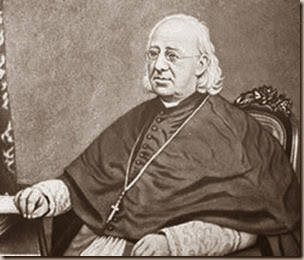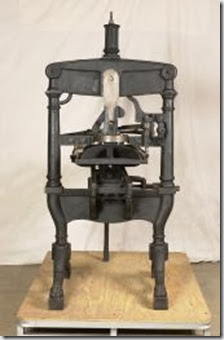Count Otto von Bismark was an iron willed, bigoted man.
The German Empire he helped create with its pride, military power and weak democratic structures would have a dramatic impact on Armidale through the First World War, the war of the European dynasties. However, Bismark had another and far more positive impact, one that affects Armidale to this today.
In 1870, Bismark’s intrigues sucked Emperor Napoleon the Third of France into declaring war on Prussia. Swept by patriotic fervor, the other German states came to Prussia’s aid. French Imperial pride was crushed, a defeat that changed the political landscape of Europe.
The French Empire was destroyed. A second, the German, was born. On 18 January 1871 in a symbolic gesture that would haunt European politics for seventy years, King William of Prussia was proclaimed German Emperor in the Hall of Mirrors at Versailles.
Bismark had achieved his political objectives, but he had still to create a unified German state. As part of this, in 1871 he launched an anti-Catholic Kulturkampf ("culture struggle") in Prussia. Partly motivated by fear that Pius IX and future popes would use papal infallibility as a weapon for promoting a potential "papal desire for international political hegemony", it was also intended to help create a unified state.
Kulturkampf led to confiscation of church property and the exile of many clergy. Finally, the waves reached the ancient Hanoverian town of Duderstadt, forcing a small order of nuns, the Ursulines, into hurried exile in London.
On the other side of the world, Armidale’s newly created Roman Catholic Bishop Elzear Torreggiani had a problem. In 1879, Archbishop Vaughan of Sydney and his three suffragan Bishops issued a joint pastoral letter that condemned State schools, among other things, as “seedplots of future immorality, infidelity and lawlessness”.
The letter raised a storm of controversy, for it played into the local sectarian and anti Roman Catholic feelings that had been inflamed by the decisions of the first Vatican Council. One result was the passage in NSW of the Public Instruction Act of 1880, withdrawing all state support for church schools.
The Roman Catholic response was immediate. “I will solve the school question in a way that will astonish them,” Vaughan declared. The solution lay in the creation of a new school system. This was a tad of a problem for Bishop Torreggiani in Armidale, for he had no money, no buildings and no teachers!
Torreggiani set about raising money and acquiring buildings. To attract teachers, he wrote to the exiled Ursulines in London inviting them to come to Armidale. They accepted the call, arriving in Armidale in September 1882. Their impact was profound.
Today we see this in buildings, but it was far more than that. The Ursulines were highly educated middle class women with a far broader view of women’s education than was common at the time.
They and their girls contributed to every aspect of Armidale and New England life. At a time when the Church’s view of the role of women was very limited, the Ursuline girls were entering university. I think that’s rather wonderful.
Note to readers: This post appeared as a column in the Armidale Express Extra on 23 October 2013. I am repeating the columns here with a lag because the columns are not on line outside subscription. You can see all the Belshaw World and History Revisited columns by clicking here for 2009, here for 2010, here for 2011, here for 2012, here for 2013.












